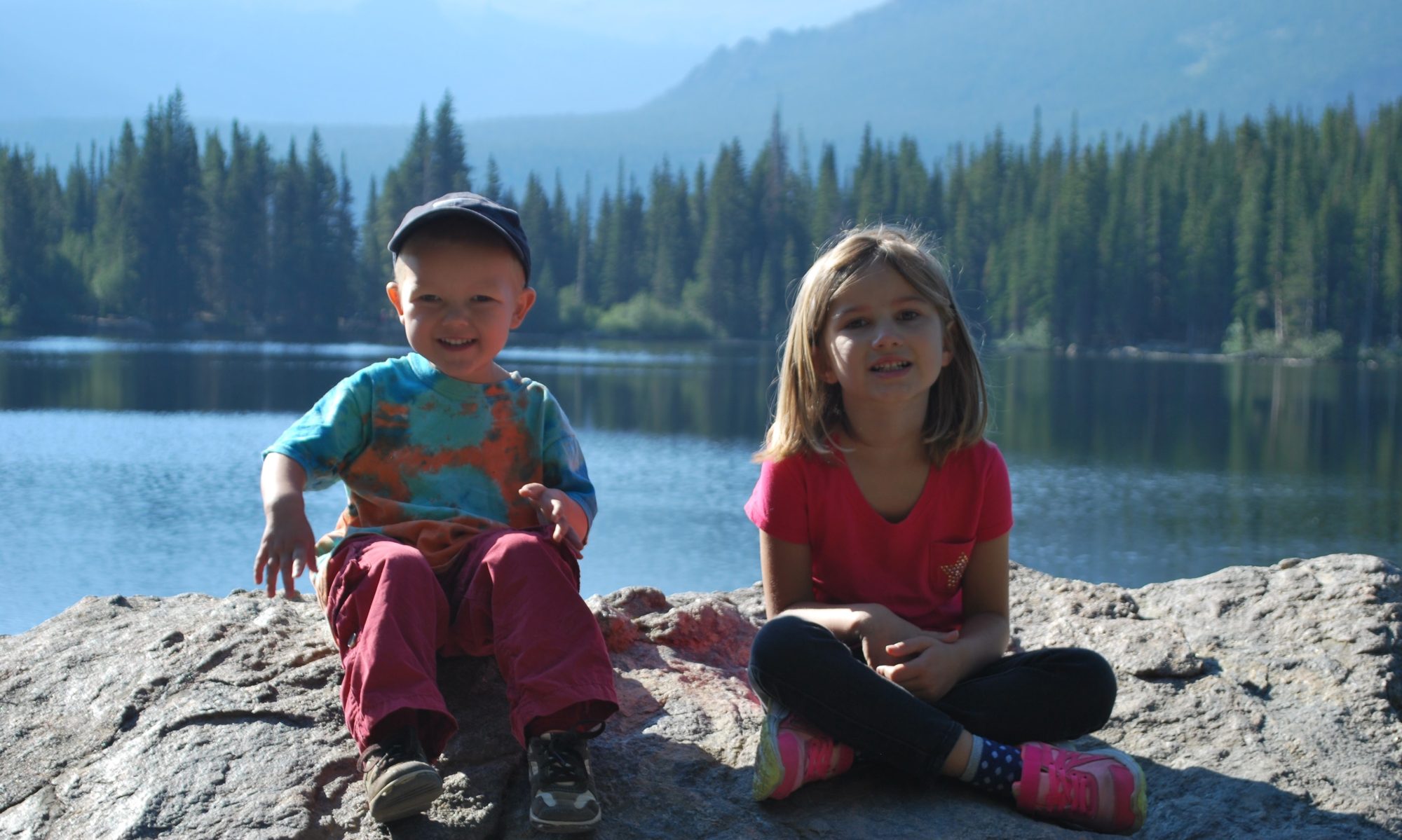In an effort to express my “anticipation level” for this movie, let me first point out that I read the book, “The Hobbit,” for the first time this Fall, and I re-watched the “extended edition” versions of “The Lord of the Rings” trilogy over Christmas Break (about 11 hours of content, give or take). It’s about as “prepared” as I could get. Having just read the book, I was at a loss to explain how exactly they were going to turn a relatively short book into another three movies.
Surprisingly, “The Hobbit: An Unexpected Journey” didn’t really feel all that long to me. Yes, it’s longer than it needs to be (running time is 169 min), but I’m honestly surprised that it gets you about a third of the way into the book, while also “filling in some gaps” that are left out, in tying it more closely with “The Lord of the Rings” (henceforth referred to as “LotR”…).
Perhaps I should back up a step. “LotR” covers the adventures of a hobbit, Frodo Baggins, and his crew as they attempt to destroy the Ring of Power so it cannot be used by the evil Lord Sauron to take over Middle Earth. Frodo obtains this ring from his uncle, Bilbo Baggins, but we aren’t really told how he got it, except that another character, Gollum, had it before Bilbo and desperately wants it back. The book, “The Hobbit,” was actually published almost 20 years before “LotR,” and it contains the back story for how Bilbo got the Ring. In movie form, it’s being presented as a prequel, even though the book was actually published long before.
To be honest, going through the story here isn’t going to be all that interesting. It follows the book, but also includes a few additional scenes with actors from “LotR,” including Ian Holm and Elijah Wood, and others from the movies. Unfortunately, in this case, they’re looking quite a bit older than they did in “LotR” (perhaps I did a disservice by re-watching them a few weeks ago…), even though in this film, they’re shown prior to the events of “LotR.” Ian McKellen also looks remarkably older, despite the presence of a huge beard, though it’s worse in some scenes and barely noticeable in others.
Generally speaking, the acting was great, the pacing was slow at times, but was far better than I expected, and the effects were spectacular. Seriously, they were good 10 years ago, but it’s noticeable how far the technology has come to the point where CGI and “real life” blend together better than before. Again, there really isn’t anything special to mention here as, if you saw the previous movies, you should know what to expect. Though, I should note that the CGI work on Gollum is pretty spectacular, and has really come a long way in 10 years. I’ve read some complaints (in relation to the “48 fps” debate…) about the quality of the makeup and the props though, personally, I didn’t think the effects in that regard were that bad. Maybe here and there, but certainly not offensive.
We saw the movie in 48 fps IMAX 3D, which is something of an “experiment” in modern filmmaking. Briefly, most movies are filmed/shown in 24 fps (“frames per second”), so this movie was filmed in twice that. This change has the effect of displaying more images to your eyes in the same amount of time, making all the motion look smoother and more vibrant, but also having the side-effect of losing “motion blur” that is sometimes helpful in disguising “plastic-y” looking props. Needless to say, film critics either love or hate this, depending on who you ask. If you ask me, I didn’t notice anything bad about it, yet then again, I was watching the movie “as the director intended.” It was good 3D, it didn’t hurt my eyes or give me a headache, and I thought the 3D effects were added in sparingly, yet effectively. If anything, 3D should be easier on your eyes at this frame rate. You don’t need to see the movie in 3D to enjoy it, but for my part, I just wanted to see it at 48 fps and see what the fuss is all about.
If there’s any problem I’ve got with “The Hobbit,” it’s that the story didn’t really “grab” me. I could say the same thing about “Fellowship of the Ring,” the first movie of the previous trilogy, but I think part of the reason is that, during that first viewing, you’re trying to keep track of a lot of characters at one time. At least in “Fellowship,” they were pretty distinct and easy to remember (e.g. the elf, the dwarf, the ranger, the wizard, etc.). In this movie, they’re almost all dwarves, and I couldn’t tell you what any of their names are. Granted, there are only a few people you’re “supposed” to care about at this point, but some of those dwarves get a bit more focus later on in the book. We’ll have to see how it plays out, and I can’t see how they could avoid this problem, but it deserves mention.
In the end, I’m glad I saw it and I’m glad I saw it in 48 fps 3D. Is it better than the movies from the previous trilogy? Hard to say, without the next two movies available to get the full comparison. The first movie of the previous trilogy was the weakest of the three, in my opinion, and it could very well hold true for this one as well.
But if it says anything, I’m still looking forward to the next one.

